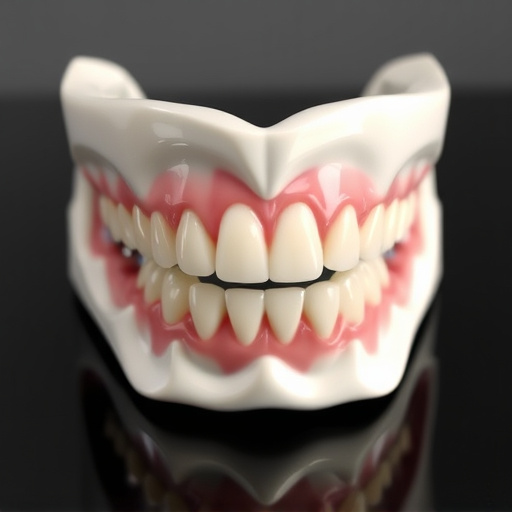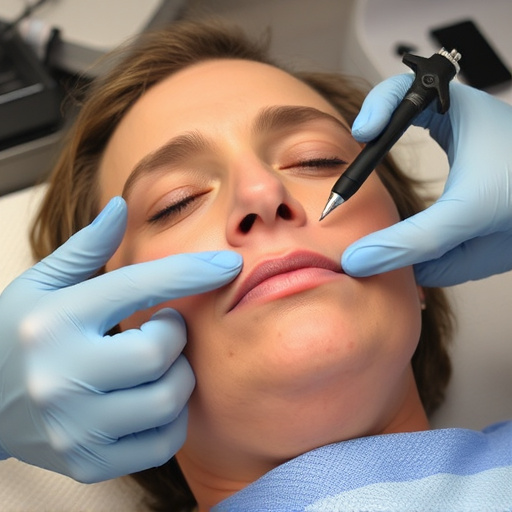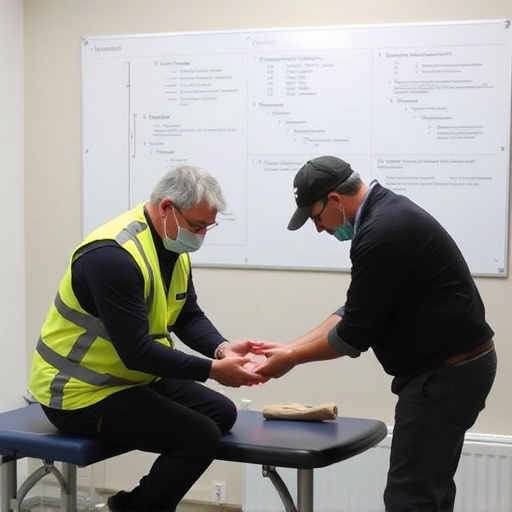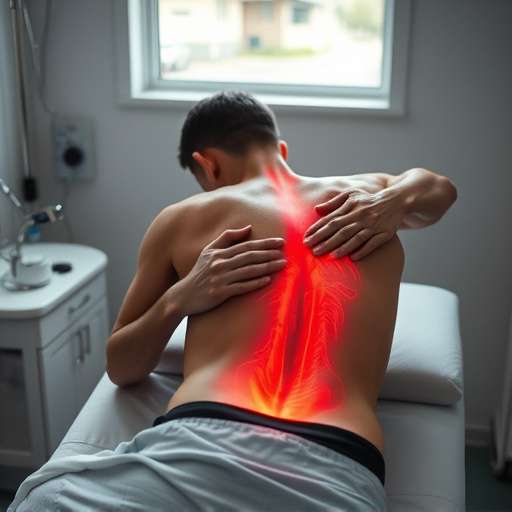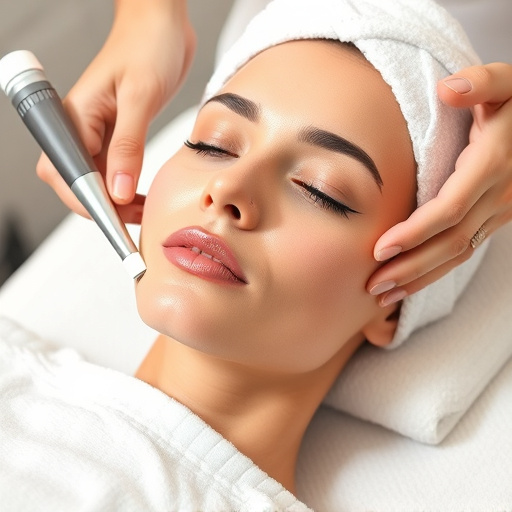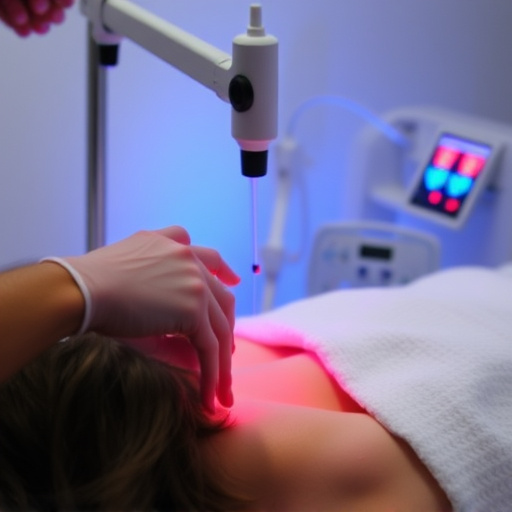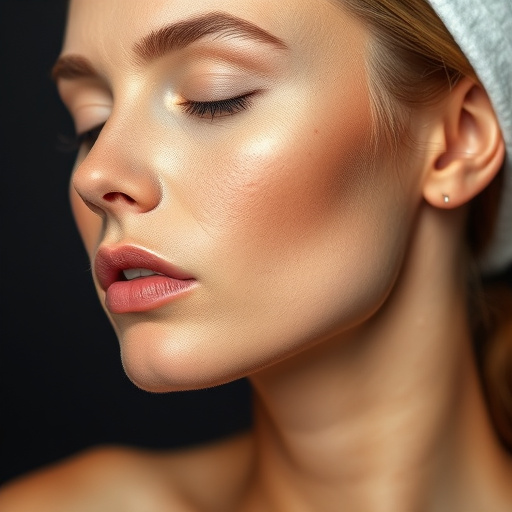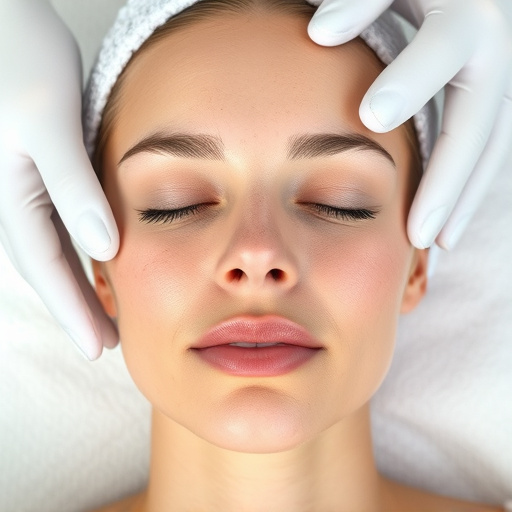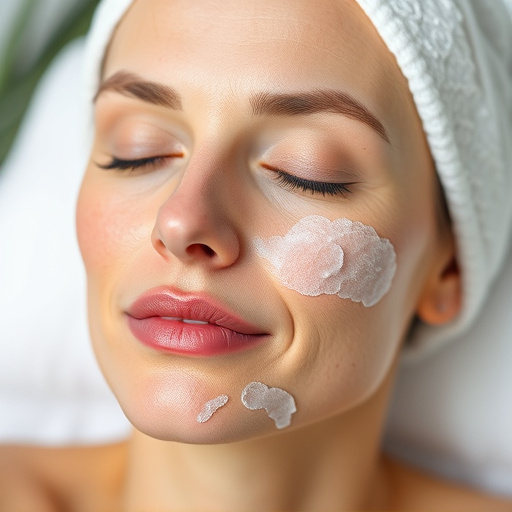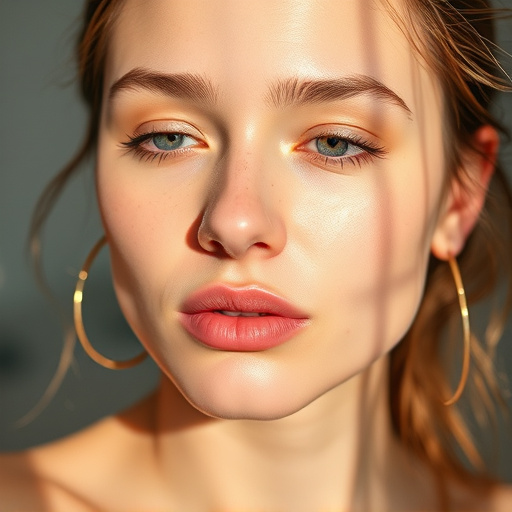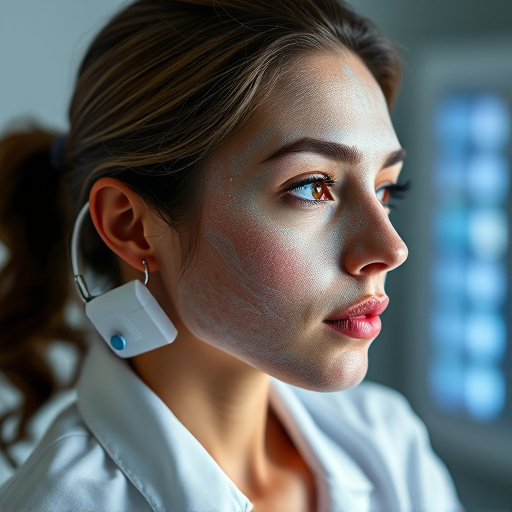Hormones, notably testosterone and estrogen, drive hair growth on the upper lip, with puberty, pregnancy, and conditions like PCOS causing fluctuations. These changes can lead to unwanted thick, dark hair or reduced growth. Customized facials, microneedling, and skin brightening treatments effectively manage these issues, stimulating collagen production, balancing hormones, and achieving smooth skin for improved aesthetics and confidence. For upper lip hair removal, understanding hormonal influences is key in selecting the best methods.
“Hormonal changes can significantly impact body hair growth, including the upper lip. This article delves into the intricate relationship between hormones and facial hair, exploring how fluctuations can affect upper lip hair removal. We’ll guide you through understanding the science behind it, identifying the most effective methods to tackle this issue, and offering practical strategies to manage and remove upper lip hair during varying hormonal states. Whether you’re seeking a permanent solution or temporary relief, these insights will empower you to navigate hormonal changes effortlessly.”
- Understanding Hormonal Influences on Body Hair Growth
- The Impact of Hormonal Changes on Upper Lip Hair Removal Methods
- Effective Strategies for Managing and Removing Upper Lip Hair Amidst Hormonal Fluctuations
Understanding Hormonal Influences on Body Hair Growth
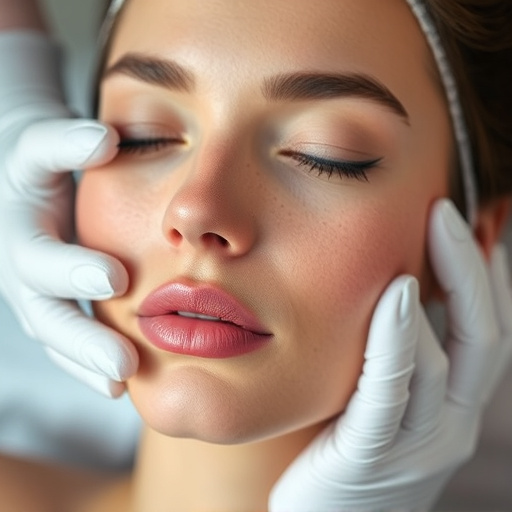
Hormones play a significant role in influencing hair growth across various parts of the body, including the upper lip. Understanding this hormonal connection is crucial for anyone considering upper lip hair removal procedures or treatments. Different hormones, such as testosterone and estrogen, can stimulate or suppress hair follicles, leading to variations in hair density and distribution.
For instance, during puberty, an increase in androgen hormones can trigger accelerated hair growth on the upper lip in both males and females. This hormonal shift also explains why some women may notice changes in lip hair during pregnancy or while taking oral contraceptives, which often involve adjustments in hormone levels. Maintaining optimal skin health is essential, as certain conditions like polycystic ovary syndrome (PCOS) can disrupt hormone balance, potentially impacting the growth of upper lip hair and other body hairs. Customized facials and treatments that address underlying hormonal influences may be beneficial for managing unwanted hair. Additionally, focusing on wrinkle reduction techniques can enhance overall skin appearance, providing a more refined canvas for natural or treated hair characteristics.
The Impact of Hormonal Changes on Upper Lip Hair Removal Methods
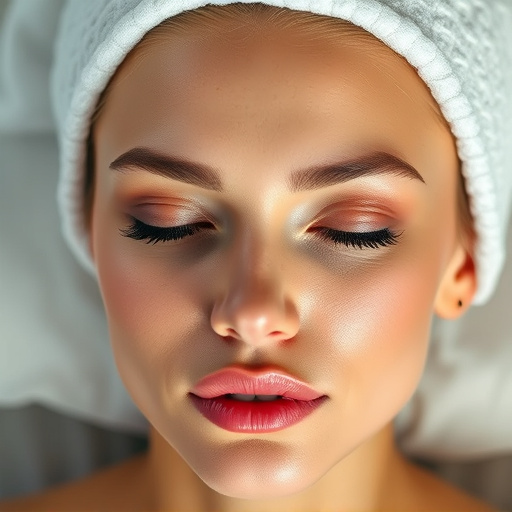
Hormonal changes can significantly impact upper lip hair removal methods, making it a crucial consideration for individuals seeking smooth and hair-free skin. Fluctuations in hormones, particularly during puberty, pregnancy, or menopause, can trigger alterations in the body’s natural growth cycle, affecting the rate and thickness of hair on various parts of the body, including the upper lip. This is because hormones, such as estrogen and testosterone, play a vital role in stimulating hair follicles and influencing the overall growth pattern.
When hormonal changes occur, they can lead to either increased or decreased hair growth in specific areas. For instance, during puberty, many people experience thicker and darker upper lip hair due to rising hormone levels. Conversely, fluctuations in hormones during pregnancy or menopause might result in reduced hair growth, making upper lip hair removal techniques more effective during these periods. Understanding these hormonal influences is essential when choosing upper lip hair removal methods, as it allows individuals to opt for suitable procedures like customized facials or hydrating facials, which cater to their unique skin and hair concerns at different hormonal stages, ensuring optimal results in body contouring.
Effective Strategies for Managing and Removing Upper Lip Hair Amidst Hormonal Fluctuations
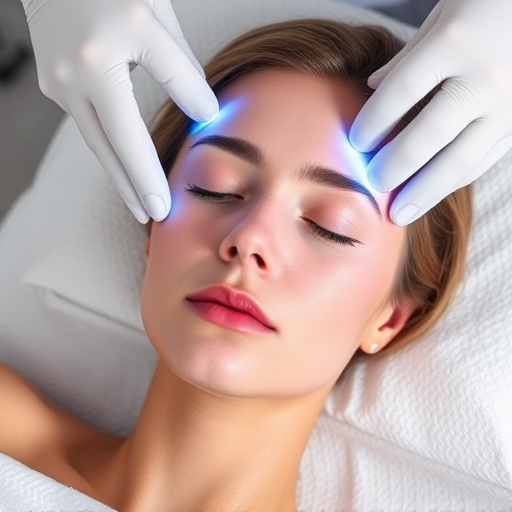
Hormonal changes can significantly impact the texture and growth of hair on the upper lip, making effective upper lip hair removal a concern for many. Amidst fluctuating hormone levels, maintaining smooth skin can feel like navigating a labyrinth. However, several strategies offer hope in managing and achieving a desired smoothness.
One promising approach is microneedling therapy, which involves creating tiny punctures in the skin to stimulate collagen production and improve hair growth patterns. Customized facials tailored to balance hormones and skin hydration levels can also make a difference. Additionally, incorporating skin brightening treatments into your skincare routine may help reduce the appearance of unwanted upper lip hairs, offering both aesthetic benefits and confidence-boosting results.
Hormonal changes can indeed impact the growth and thickness of upper lip hair, making it more challenging to remove. Understanding these influences allows for the implementation of effective strategies that cater to individual needs. By embracing tailored approaches, such as targeted skincare routines, specific hair removal techniques, and occasional professional treatments, one can effectively manage and achieve a smooth upper lip, regardless of hormonal fluctuations. These methods collectively contribute to enhanced comfort and confidence in one’s appearance.

